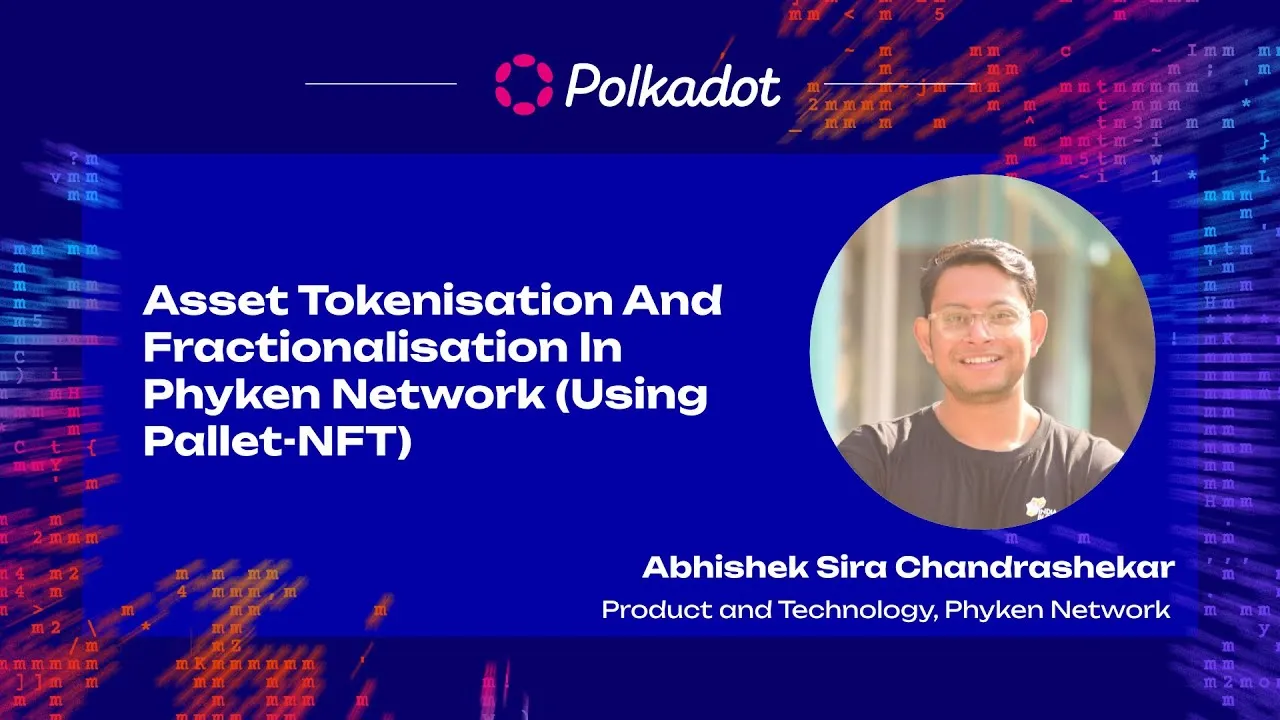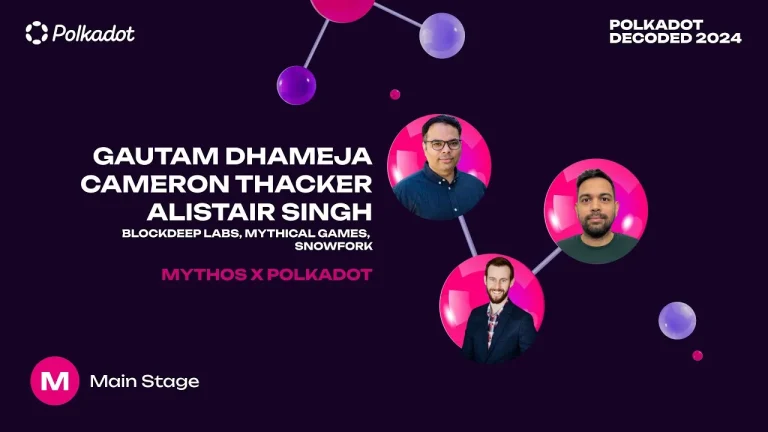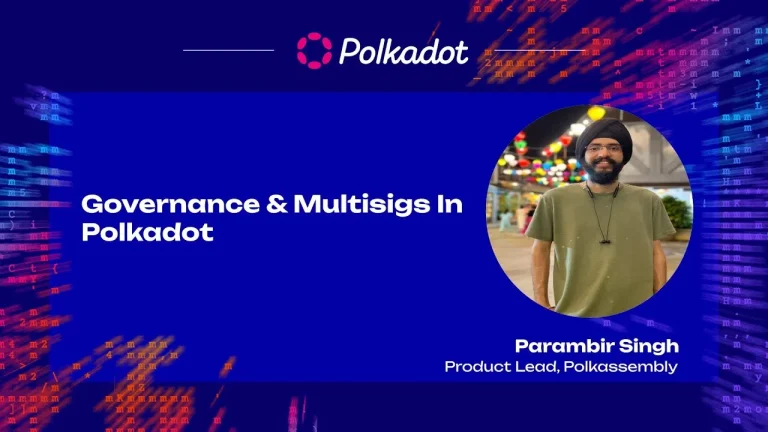At Sub0 2024 in Bangkok, Abhishek Sira Chandrashekar from Phyken Network presented an enlightening talk on the topic of asset tokenization and fractionalization using the Phyken Network. His presentation explored how Phyken Network leverages blockchain technology to democratize access to real-world assets, particularly focusing on the renewable energy sector.
Introduction to Tokenization and Fractionalization
Tokenization involves converting physical assets into digital tokens on the blockchain, providing enhanced traceability and auditability. Fractionalization takes this concept further by dividing a non-fungible asset into multiple fungible tokens, allowing for greater accessibility and liquidity. This process is particularly beneficial for high-value assets like solar farms, making it easier for retail investors to participate in such investments.
Why Fractionalize?
- Increased Accessibility: By breaking down large assets into smaller fractions, more investors can participate, regardless of their financial capacity.
- Enhanced Liquidity: Fractional ownership enables assets to be traded more easily, increasing market liquidity.
- Risk Mitigation: Investors can diversify their portfolios by purchasing fractions of different assets, thereby spreading their risk.
- Innovation: Fractionalization opens the door for new financial products and services, such as specialized investment vehicles (SPVs).
Phyken Network’s Approach
Phyken Network focuses on the renewable energy sector, starting with solar farms. By tokenizing and fractionalizing these assets, Phyken aims to lower the barrier to entry for retail investors, allowing them to support sustainable energy projects. The network utilizes several key components to achieve this:
- Pallet NFTs: These are used to mint non-fungible tokens representing the assets.
- Pallet NFT Fractionalization: This allows the conversion of NFTs into fungible tokens, which can be traded on the network.
Phyken Network Technical Implementation
Abhishek provided a detailed overview of the technical implementation, demonstrating how Phyken Network uses the pallet-nft and pallet-nft-fractionalization modules:
- Minting NFTs: NFTs are created to represent the physical assets. For example, a solar farm can be tokenized into an NFT, which is then fractionalized.
- Fractionalizing NFTs: The NFT is divided into multiple fungible tokens, enabling fractional ownership.
- Trading and Unifying Tokens: These tokens can be traded among investors. When an investor collects all the fractional tokens, they can unify them back into the original NFT, representing full ownership of the asset.
Conclusion
Phyken Network’s approach to asset tokenization and fractionalization represents a significant step towards democratizing access to high-value assets. By leveraging blockchain technology, Phyken Network is making it easier for retail investors to support renewable energy projects, thereby promoting sustainability and financial inclusion.








